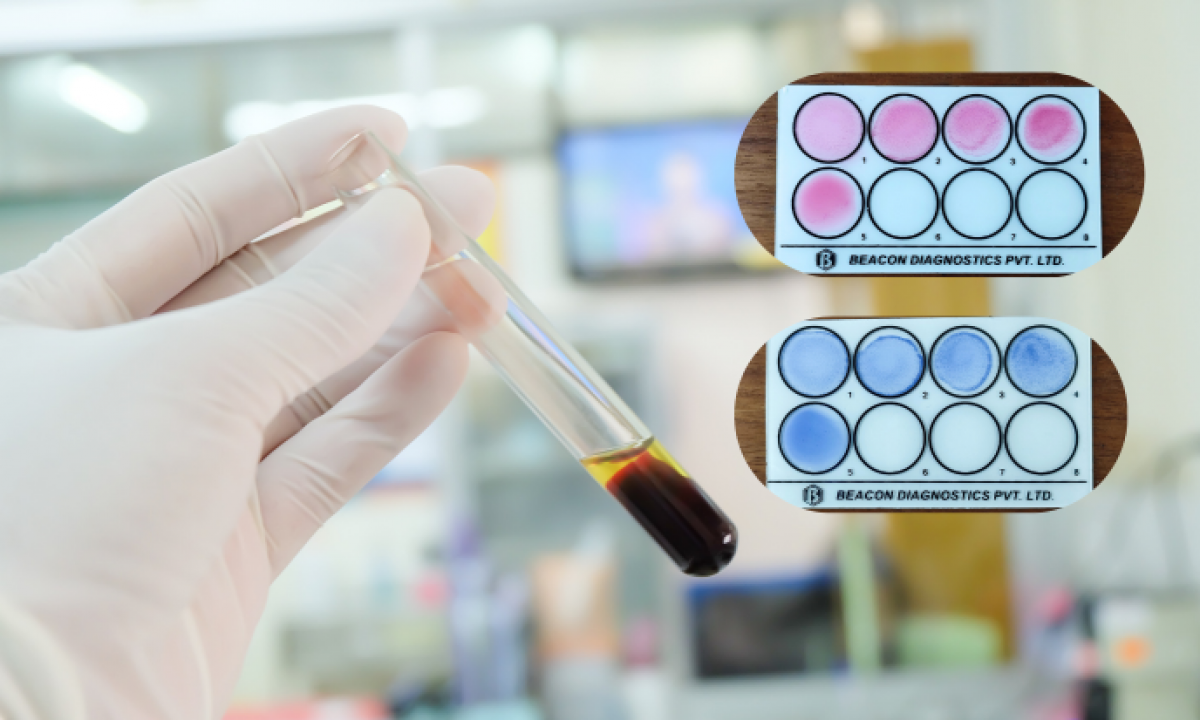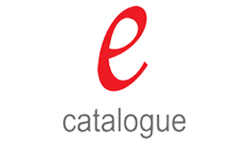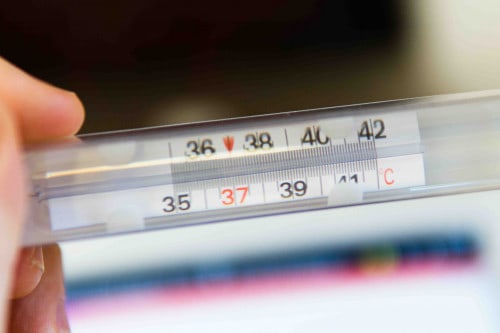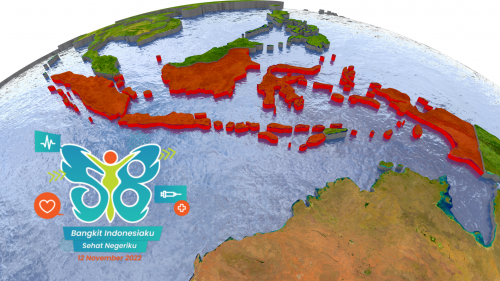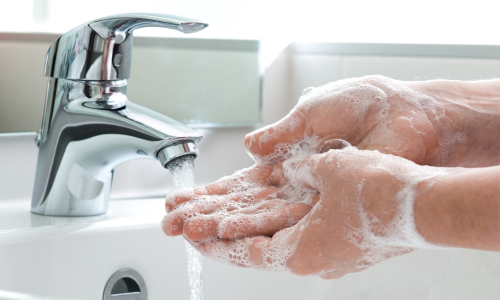The Widal test has become a symbol of diagnostic health in developing countries. However, to what extent is the Widal test relevant in addressing the increasingly sophisticated landscape of modern healthcare?
The Widal test, a serological diagnostic method long used to detect infectious diseases caused by Salmonella typhi & paratyphi, remains a primary choice in many developing countries. Despite its extensive history in diagnosing infectious diseases, the Widal test faces significant challenges in keeping up with the advancements in modern medical technology.
The Widal test, first developed in the late 19th century, operates on the principle of agglutination to detect antibodies against the bacteria causing typhoid and paratyphoid. The process involves measuring the level of bacterial agglutination in the patient's serum. While widely implemented in developing countries, the advantages and disadvantages of this method need careful consideration.
Advantages of the Widal Test:
- Economical and Easily Accessible: The Widal test is generally more affordable and accessible in developing countries compared to modern diagnostic methods that require sophisticated equipment.
- Availability and Accessibility: The Widal test is easily accessible in various healthcare facilities in developing countries, making it a diagnostic tool available to a significant portion of the population.
- Relatively Short Test Time: In some situations, the Widal test can provide rapid screening results, especially in the early stages of examination. The initial screening phase of the Widal test is often conducted quickly as a screening step. In this context, the use of agglutination as an indicator can provide relatively fast results.
Challenges in the Modern Medical Era:
- Potential for False Positive Results: The Widal test tends to produce false-positive results, especially in individuals who have been vaccinated or exposed to other infections.
- Need for Further Confirmation: If the screening results are positive, a series of additional tests is required to ensure the accuracy of the diagnosis.
Comparison with Modern Methods
In the modern medical era, diagnostic methods such as molecular tests and Rapid Diagnostic Tests (RDTs) offer higher speed and accuracy than the Widal test. Molecular tests like PCR can rapidly and accurately detect the genetic material of pathogens, while RDTs provide immediate results with high speed.
In response to the advancements in modern medical technology, research and updates in Widal test techniques are required to remain an effective tool in supporting the diagnosis of infectious diseases in developing countries. Improving specificity through the use of advanced substrates and antigens is a focus to optimize the performance of the Widal test in the healthcare environment of developing countries.
Is the Widal Test Still Relevant?
The Widal test remains relevant, especially in developing countries, despite facing significant challenges in the modern medical era.
In regions with limited access to more advanced healthcare facilities, the Widal test remains a primary option for diagnosing Salmonella typhi & paratyphi infections. Its ability to provide results quickly can be crucial in emergency situations or preventing the spread of infectious diseases.
Moreover, the Widal test still serves as a valuable tool for epidemiological monitoring to detect potential outbreaks of infectious diseases. While it may not always provide highly specific results, it can offer early indications of the presence of certain diseases in an area.
Indonesia is still categorized as a developing country, and the use of the Widal test is widespread in the country. One commonly used product for Widal tests in various healthcare facilities is the BEACON Salmonella 8 Antigen Slide and Tube Test Kit with Controls. This kit, available in a set, is used for serological examination of Salmonella typhi & Salmonella paratyphi (A, B, C).
Picture 1. BEACON Salmonella 8 Antigen Slide and Tube Test Kit with Controls
The BEACON Salmonella 8 Antigen Slide and Tube Test Kit with Controls is convenient for detecting Salmonella typhi & Salmonella paratyphi (A, B, C) comprehensively. The kit includes:
- 8 Salmonella antigen suspensions (typhi O, H & paratyphi AH, BH, AO, BO, CO, CH)
- 1 bottle of positive control
- 1 bottle of negative control
- Circle slide glass
- Insert Pack
Furthermore, the BEACON Salmonella 8 Antigen Slide and Tube Test Kit with Controls is produced using the Post Harvesting Electrolyte Binding (PHEB) technology, ensuring optimal specificity and sensitivity while avoiding testing errors.
Feel free to contact us for more information about the BEACON Salmonella 8 Antigen Slide and Tube Test Kit with Controls or to place an order."
References:
- World Health Organization. (2022). Laboratory diagnosis of typhoid fever.
- Centers for Disease Control and Prevention. (2022). Typhoid Fever.
- Poudel, A., & Poudel, B. K. (2017). Widal test in the diagnosis of typhoid fever. Journal of College of Medical Sciences-Nepal, 13(3), 306-309. doi:10.3126/jcmsn.v13i3.16605
